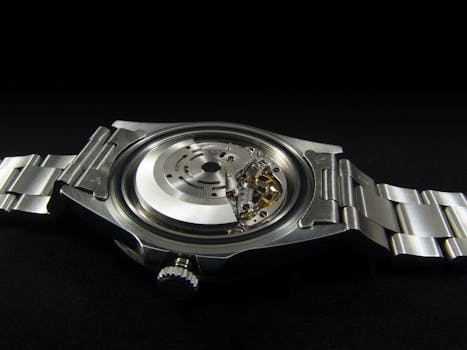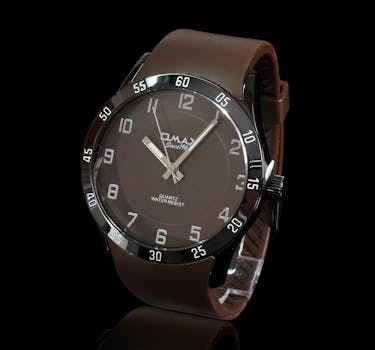Introduction

In the world of horology, few developments have elicited as much debate and change as the advent of quartz technology. Traditional watchmaking, with its rich heritage and artisanal craft, has faced significant transformation since the introduction of quartz movements in the late 20th century. This article delves into the complex impact of quartz technology on conventional watchmaking, examining both the advantages and challenges it presents.
The Emergence of Quartz Technology

Quartz movements were first developed in the late 1960s and gained popularity in the 1970s and 1980s, often referred to as the “Quartz Crisis” or “Quartz Revolution.” This innovation offered a novel approach to timekeeping; quartz watches are powered by a battery and use quartz crystals to measure time with acute precision. The accuracy and affordability of quartz watches captured the market’s attention, fundamentally altering consumer expectations.
Advantages of Quartz Movements

Quartz technology’s entry into the market heralded numerous advantages, considerably impacting the watch industry. Some notable benefits include:
- High Precision: Quartz movements maintain exceptional accuracy, typically within seconds per month compared to mechanical watches that may vary in performance.
- Lower Production Costs: The assembly of quartz watches requires less skilled labor than traditional watchmaking, enabling mass production and reducing costs.
- Durability: Quartz watches often boast greater durability against shocks and environmental factors, appealing to active lifestyles.
Impact on Traditional Watchmaking

The rise of quartz technology launched various short- and long-term effects on traditional horological practices. From individuals who formerly made their livelihoods crafting watches, artisanal methods collided with ubiquitous quartz models typically priced lower than their mechanical counterparts.
Yet, the challenge of quartz led some artisans to enhance their offerings, focusing more on craftsmanship, limited editions, and aaquality vintage watches from esteemed worldwide brands. High-end brands began investing in research and development, finding ways to marry quartz accuracy with mechanical execution. Rather than converging, traditional watchmaking faced a new possibility of coexistence with quartz watches.
Rebirth of Mechanical Watches

The rise of quartz did not signal the demise of mechanical watchmaking. Instead, the subsequent resurgence in interest reflects a social shift—as luxury consumers began valuing craftsmanship, exclusivity, history, and tradition, many renowned brands rose above mediocrity.
This renaissance saw the re-emergence of manufactures focusing on technical prowess, showcasing complex complications that quartz watches could not replicate. Examples include intricate movements, hand-painting dials, and even co-axial escapements, mirroring passions more than functionalities.
Conclusion

The movement towards quartz technology significantly impacted traditional watchmaking, defining the industry’s landscape in profound and sometimes paradoxical ways. While innovation and affordability opened new sectors for widespread shaving, they simultaneously questioned the perceptions of timepieces as status symbols and artisanship. Today, quartz and mechanical watches co-equal in the expansive ecosystem of horology. The coexistence of these two diverse fiberglass teaches us much about heritage, industry diligence, and human appreciation for timekeeping in its varied roles.
Takeaways

- Quartz technology revolutionized the watch industry by offering precision and affordability.
- Traditional watchmaking faced significant pressure but responded with innovation and high-quality craftsmanship.
- Both quartz and mechanical watches retain unique qualities appealing to different markets and consumer bases around the world.





